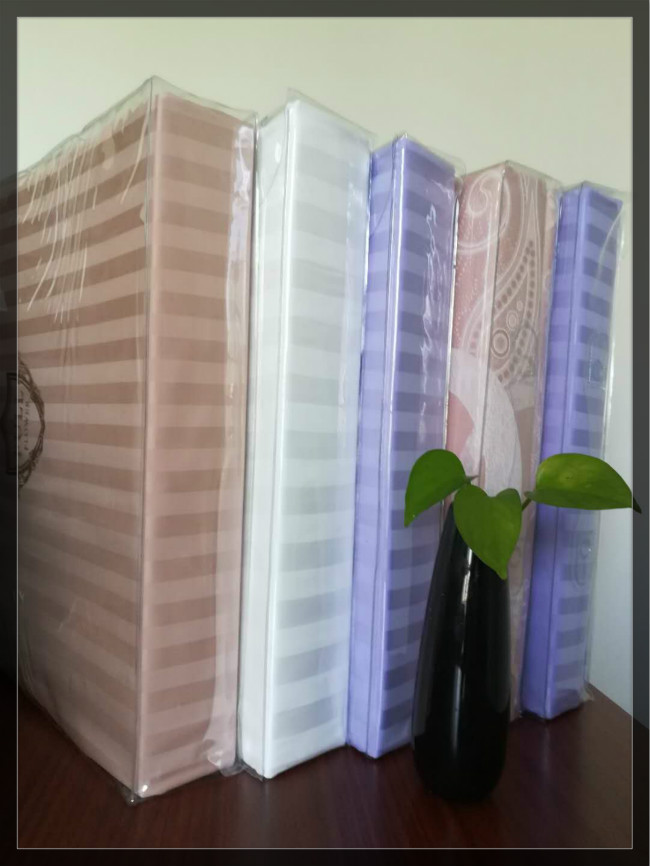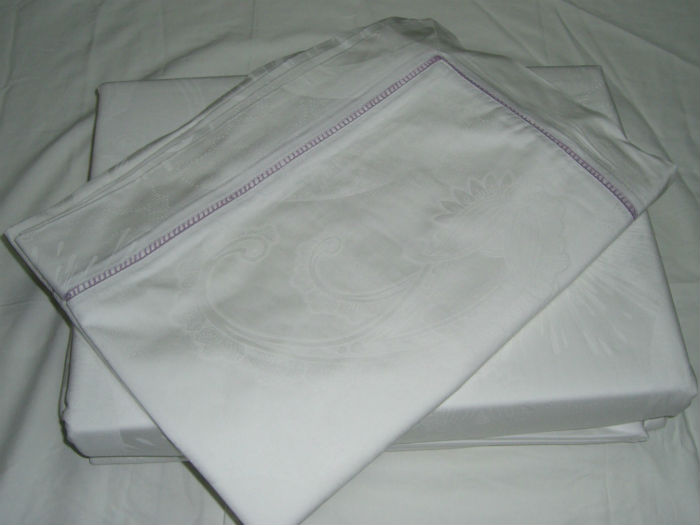Chinese |
Chinese |
Popular keywords:Plant Dyeing Fabircs Natural Fiber Fabrics Functional Fiber Fabrics





This product series uses 100% natural plant resources to process starch and convert it into glucose, which is then produced through a series of fermentation, separation, rectification, polymerization, spinning, textile and other processes. The production process is environmentally friendly and low-carbon, and the products are green and skin-friendly, which fully meets the human desire to return to nature and pursue a healthy life.
Several reasons are particularly recommended:
● Excellent moisture-conducting and quick-drying performance: the fiber has many irregular spots and discontinuous stripes on the surface of the microscope, so it has good capillary effect and excellent wick moisture-conducting performance. The fabric fabric absorbs sweat quickly and dries quickly, making people It feels breathable, dry, skin-friendly and comfortable.
● Very high contact safety: Corn fiber monomer lactic acid is one of the indispensable metabolites of the human body. The fiber has excellent compatibility with human skin without any skin allergies; it is especially used for skin with high sensitivity and easy skin Female friends with allergies, itching, and eczema. At the same time, the fiber is not easy to be stained during use, it is easy to clean and care, and it does not leave odor.
● Natural antibacterial and anti-mite function: the pH value of the fiber surface is 6 to 6.5, and general microorganisms cannot survive on the surface of the fabric. The cloth samples have been tested by the international SGS certification agency, and their antibacterial rate against Staphylococcus aureus and Escherichia coli reached 99.9%, and their antibacterial rate against Candida albicans reached 77%. However, pure cotton-like bacteria tested under the same conditions breed 560 times as much; the mite repellent rate is 98%, reaching the extremely strong level in the evaluation standard of textile mite repellent.
At present, there are some products on the market that claim to have antibacterial function. The main reason is that antibacterial additives are added during the processing, and the heavy metals in the antibacterial agent will slowly precipitate out during use, causing harm to the human body.
● Excellent thermal performance. The lower the thermal conductivity of textile fibers, the better the thermal insulation performance. Corn fiber has a thermal conductivity of 0.025, silk 0.050, wool 0.052, cotton 0.075, nylon 0.29. From the data, the thermal conductivity of Yuerya fiber is only 1/2 of silk and wool, 1/3 of cotton, and 1 of nylon. /10, which should be ideal as a warming material.
Fiber application areas:
All kinds of high-end apparel fabrics, underwear, home textiles, home furnishing, infants and young children apparel, medical non-woven fabric materials, etc.